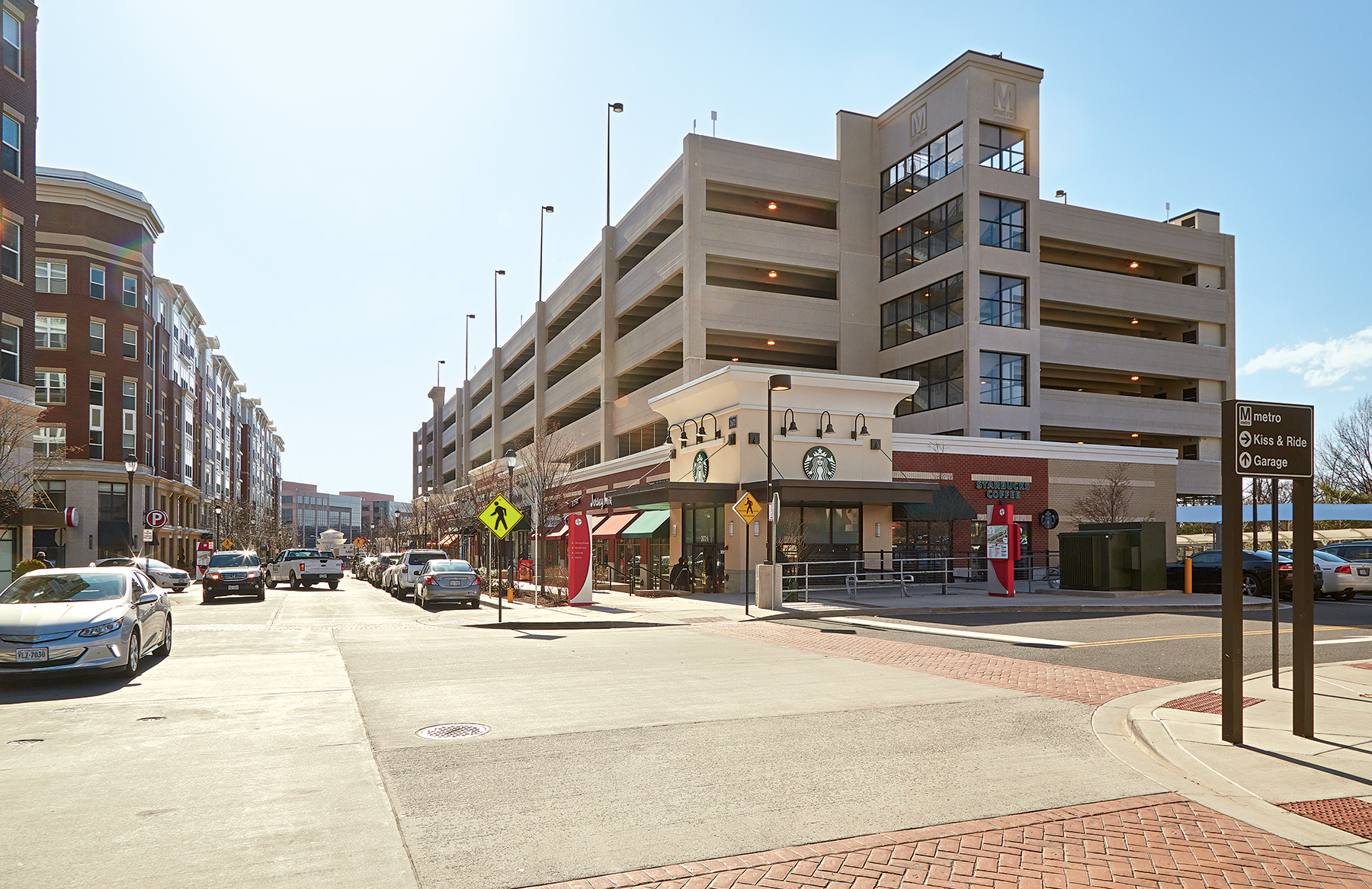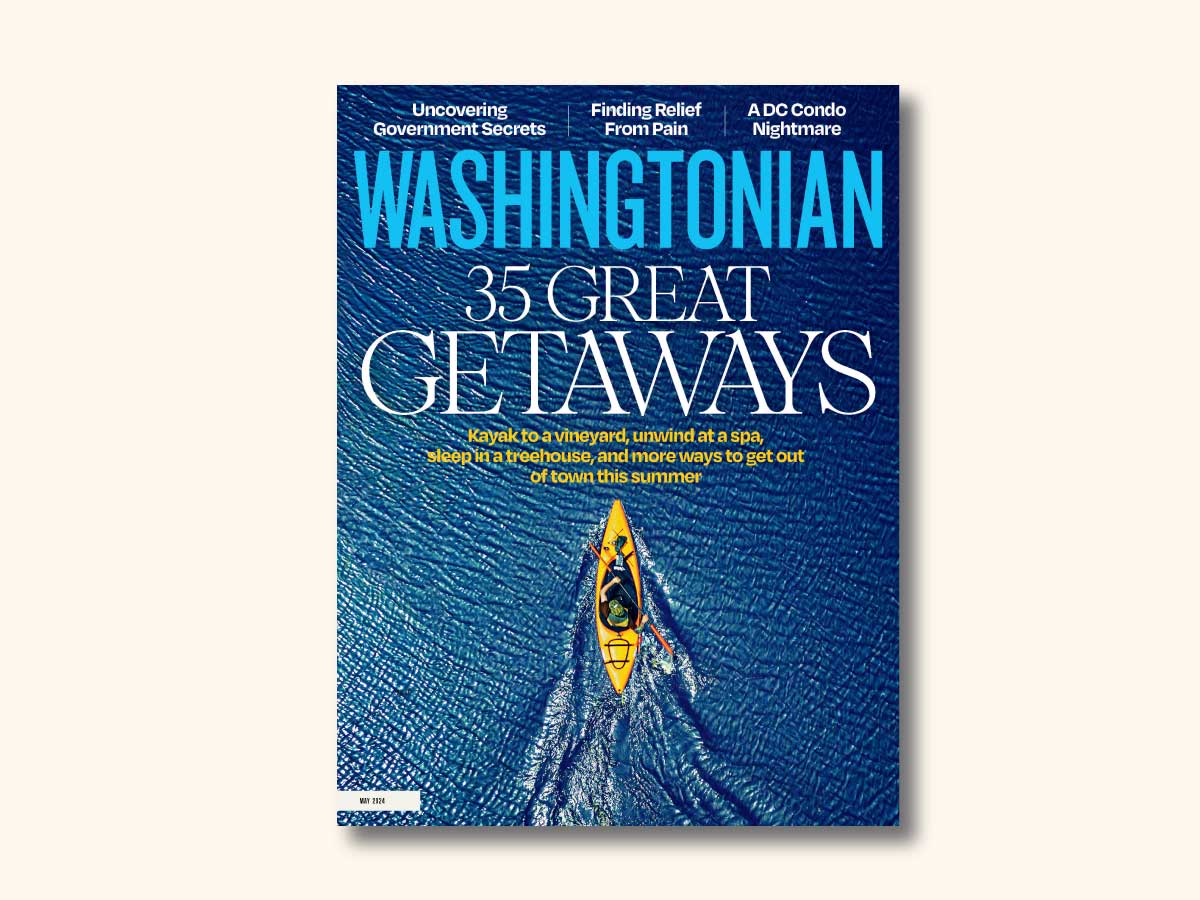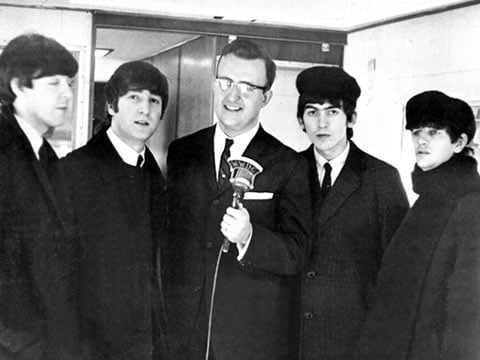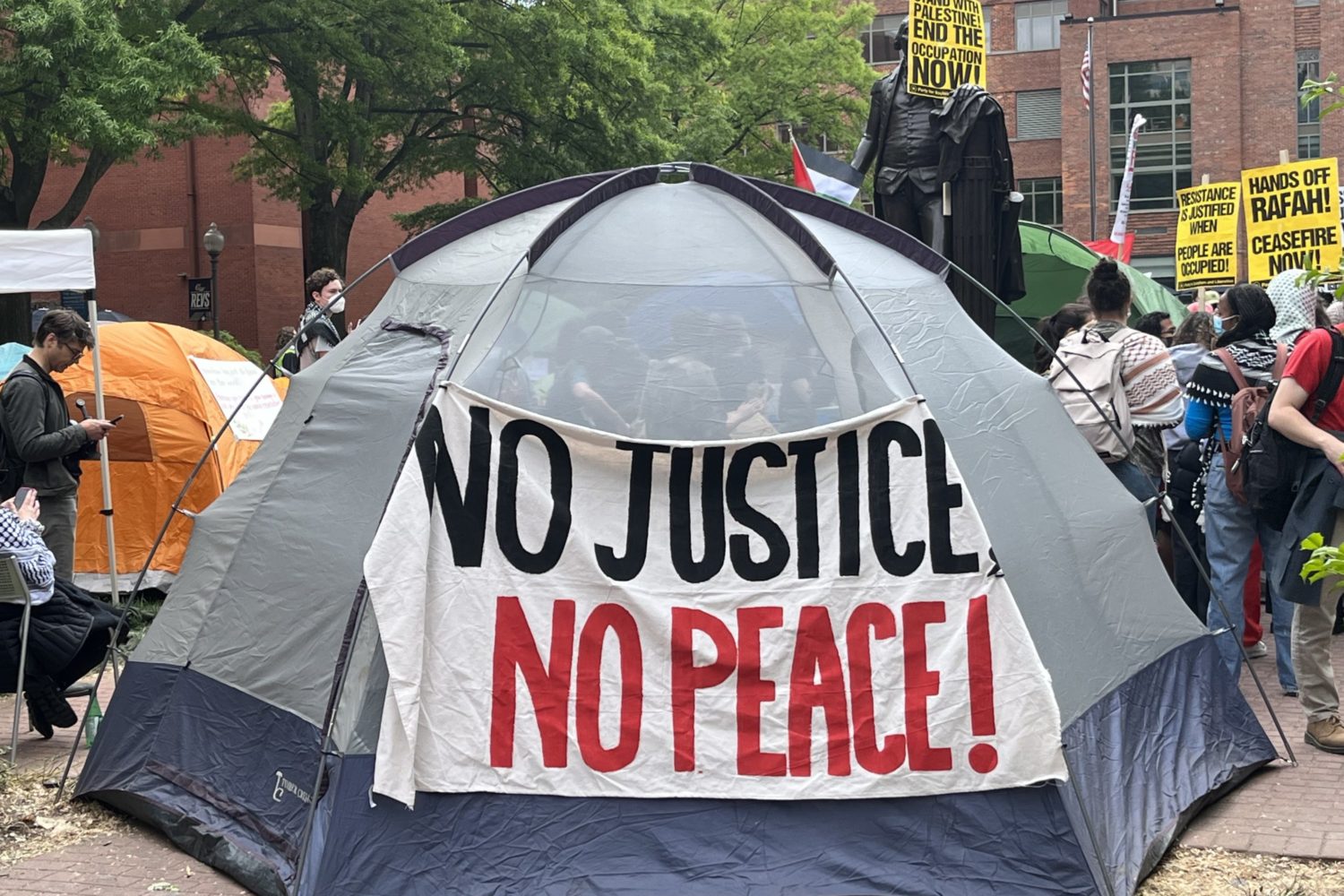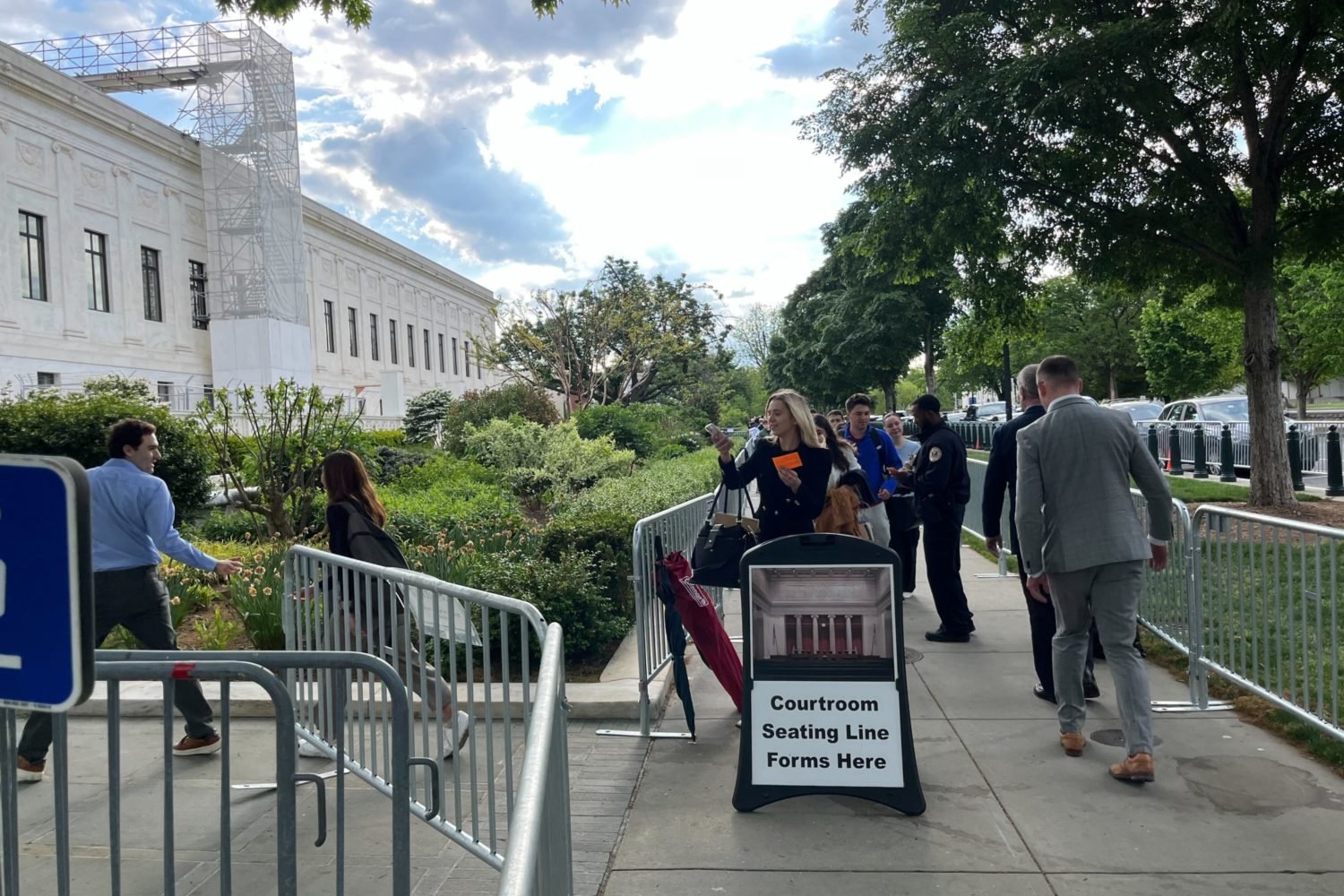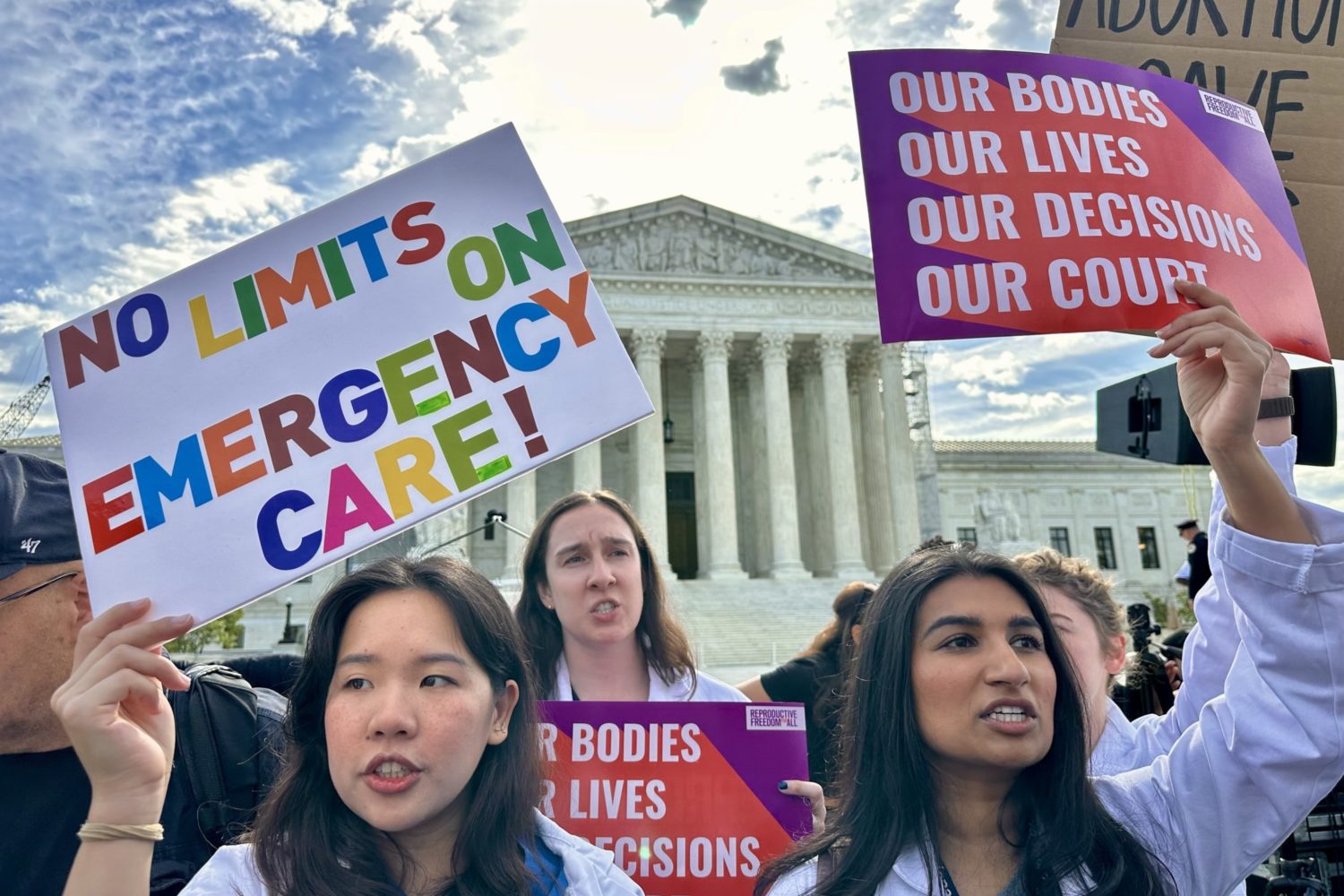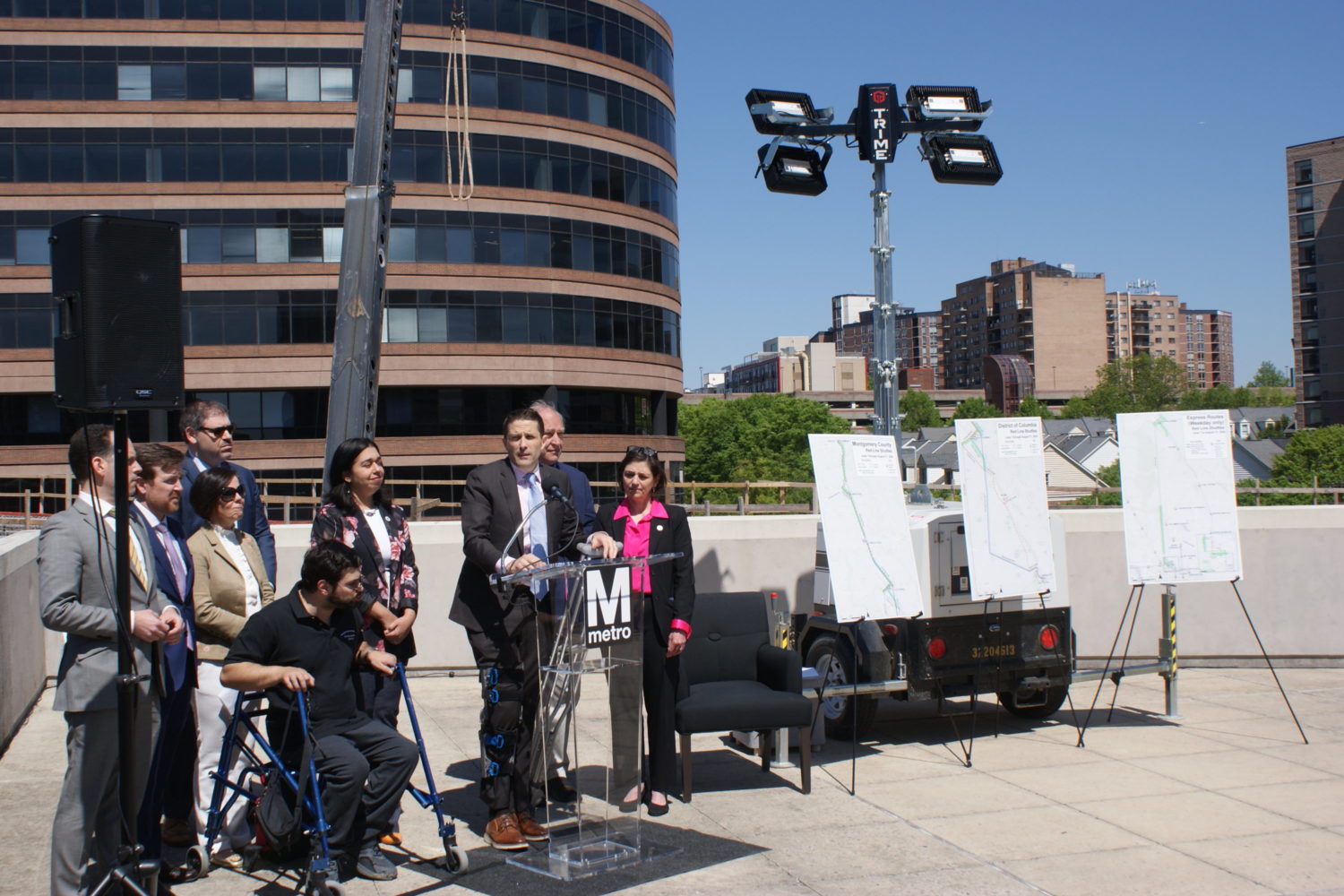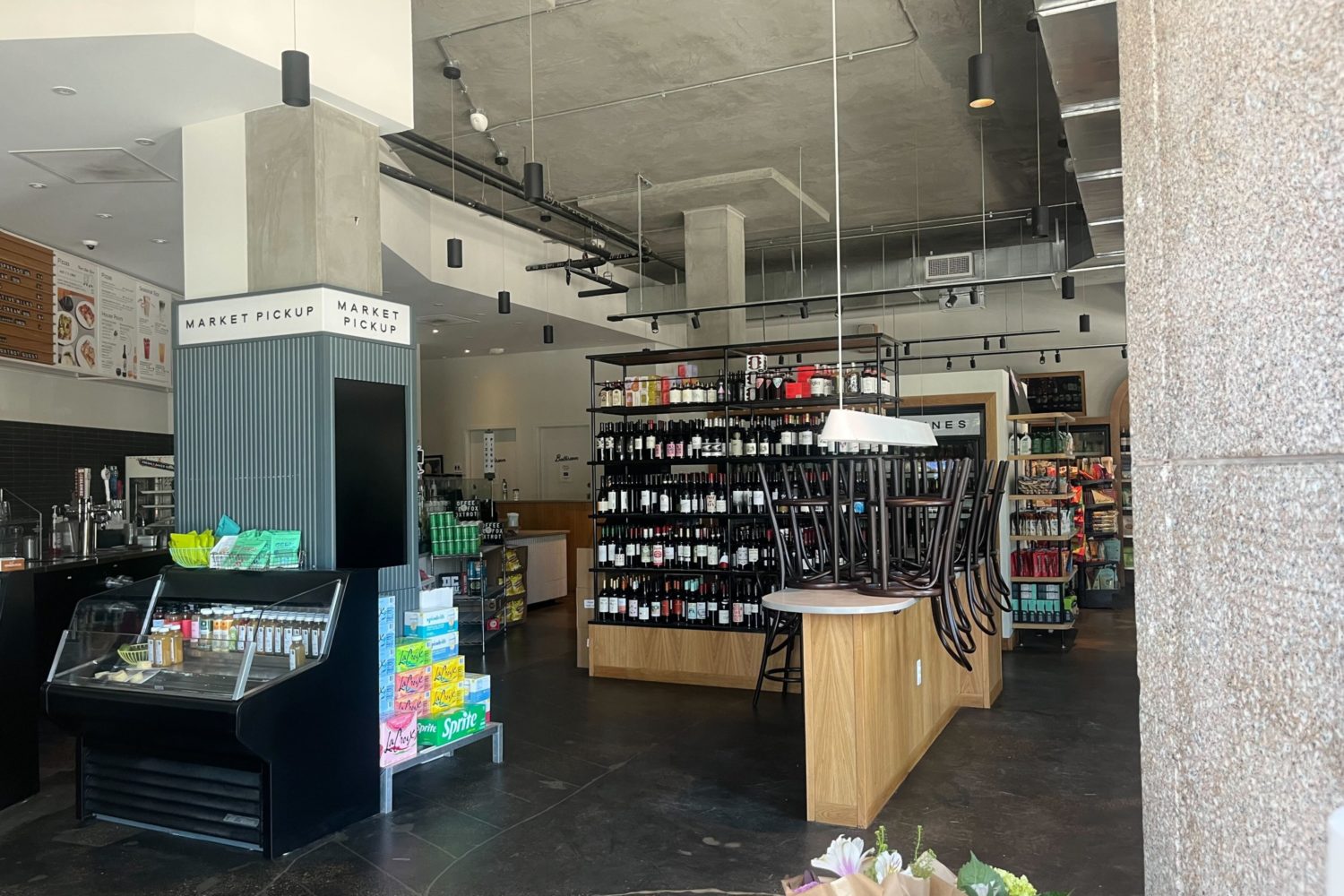In the summer of 1977, my grandfather sought to buy a house big enough to hold his 13 children. He paid $30,000 for a place in Petworth. The property in question was a four-unit apartment building.
In the summer of 2017, I noticed that a nearby house was for sale for $499,000—a bargain in an area where houses hit the high six figures. The property in question had no roof.
I don’t have to tell you our region is an expensive place to live. The subject is never far from Washingtonians’ minds, especially among younger would-be homebuyers just entering the housing market. Frequently, advice for dealing with this reality comes on the consumer end: live with roommates, move to a cheaper outlying area, eat out less. As a real-estate agent, I sometimes give my clients just such tips.
But telling young professionals to move to Stafford County with six friends and live off canned food doesn’t change the fact that Washington’s population keeps growing and there simply aren’t enough houses, at any price level, for them to live in.
Instead, twentysomethings pile into converted sunrooms, poor people are harassed by unscrupulous landlords, and many residents endure punishing commutes from the region’s fringes. Some have simply given up, leaving the area entirely.
This has real consequences! The housing crunch makes our communities more segregated by race and class; encourages sprawl, which generates clogged highways and packed trains; makes it harder for employers to recruit new employees; and weakens social ties as working and middle-class people are priced out of the communities they grew up in.
It also creates an enormous generational-wealth transfer, in which younger people starting out are basically forced to pay huge sums of money to their parents’ generation for homes their elders bought for a pittance.
The Metropolitan Washington Council of Governments predicts that 2 million people will move to the Washington area between now and 2045, and we’ll need 850,000 new homes to house them. Where will they live? Here are potential solutions—some serious and practical, some decidedly not. It’s up to you to decide which is which.
1. Educate the Neighbors
If you bought a house 30 years ago, you probably really liked your neighborhood then and are inclined to keep it that way. Fear of change can be a huge motivator, which is how new homes all over the region can be stopped by vocal but small groups of upset neighbors who don’t always represent everyone’s views.
Advocates need to do more to educate people about the benefits of new homes and show that inviting new residents in-to your neighborhood can actually be a good thing. We also need to groom more people to be voices in their community so public officials can hear from a variety of perspectives.
2. Invite Better Input
The process for getting any housing approved in the Washington area is long and tedious, with lots of community meetings, public hearings, and legal jargon—meaning you must have either a lot of time or a lot of money to participate.
We need to hear from the people who have something to lose from the high cost of housing: millennials, lower-income people, renters. Can we allow public testimony via social media? Can we have community meetings at happy hours or neighborhood block parties? Or require that development proposals and planning documents be written in simpler language so you don’t need a master’s degree to follow along?
3. Parking Lots Can be a Problem
Where we increase our housing supply is important, and we should take advantage of opportunities to build new homes in close-in areas, where demand is highest and where house prices are rising the fastest. A logical place to start is near Metro stations. But for every stop like Ballston or Bethesda, surrounded by high-rises, there are others such as East Falls Church or Takoma where you step off the train into a parking lot and neighbors fight to keep it that way.
Each person who can walk to the train is someone who doesn’t have to drive in from farther away—and you can replace the lots with space-saving garages, as Metro has done at stations like Dunn Loring. (Those new buildings can also provide much-needed revenue to fix the aging subway system, and their occupants are a potential source of new ridership.)
4. Help People Who Need It
Even if we can build a ton of new homes, there will still be households that can’t afford them no matter what. That’s why several area jurisdictions, including the District, Arlington, and Fairfax County, introduced “inclusionary zoning,” which sets aside a portion of homes—usually 8 to 12 percent—in a new development for low-income families at more affordable prices that have to stay that way for decades.
Montgomery County, which pioneered this program more than 40 years ago, has built 15,000-plus units of cost-restricted housing this way. While such a move doesn’t necessarily increase the supply of new homes to meet our growing population, it does ensure that, as homes are built, people of all incomes will have a chance to live in them.
5. Allow More Kinds of Housing
Most local zoning codes say you can build one house on one lot and allow one family to live in it. That might have made sense 50 years ago when most US households were nuclear families. Today, as households are getting smaller, does everybody still need a four-bedroom on a quarter acre?
The neighborhoods many people associate with classic Washington, such as Capitol Hill or Petworth, are known for a variety of housing types—from mansions to rowhouses to modest apartments—that can accommodate lots of lifestyles and income levels. Bizarrely, that sort of mix is largely illegal to build in many parts of the region. Constructing a greater variety of homes—townhouses, cottages, small apartment buildings like my grandfather’s fourplex—can give us residences as diverse as our communities, and we need more of them.
6. Bust the Height Limit—but Not Where You Think
Yes, DC has a height limit—about 130 feet in portions of downtown. But in much of the District, the restrictions are even lower: barely half that on 14th Street and as low as 40 feet along dense parts of Wisconsin Avenue. The land those buildings rise on is expensive, so restricting their height means the cost has to be spread among fewer units, pushing prices to stratospheric levels.
These are already busy commercial streets where new apartments are already going up. We might as well finish the job and let them rise as tall as existing buildings in other parts of the city.
This article appears in the May 2018 issue of Washingtonian.

